I have a table with many records and I want to know only the record which I have created at second last.
For ex: I have a table customer in which customerID are random numbers.
Now I want to select second last row.
customerID customer_name cont_no
---------------------------------------
7 david sam 5284
1 shinthol 1
11 lava 12548
2 thomas 1
3 peeter 1
4 magge 1
5 revas 1
6 leela 123975
Output row :
customerID customer_name cont_no
5 revas 1
I don't want second highest...
I want second last row.

